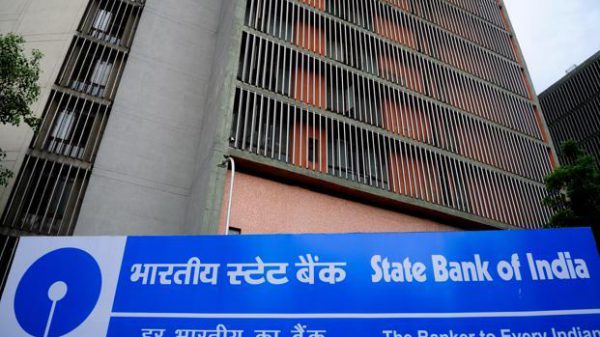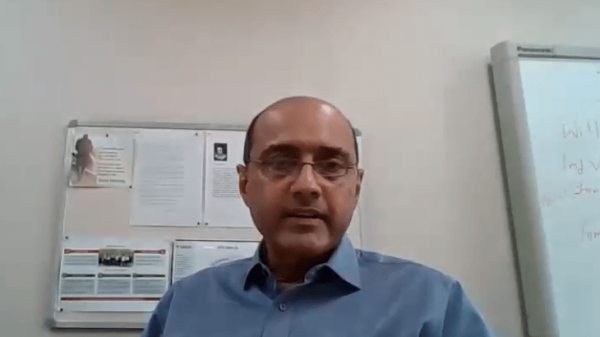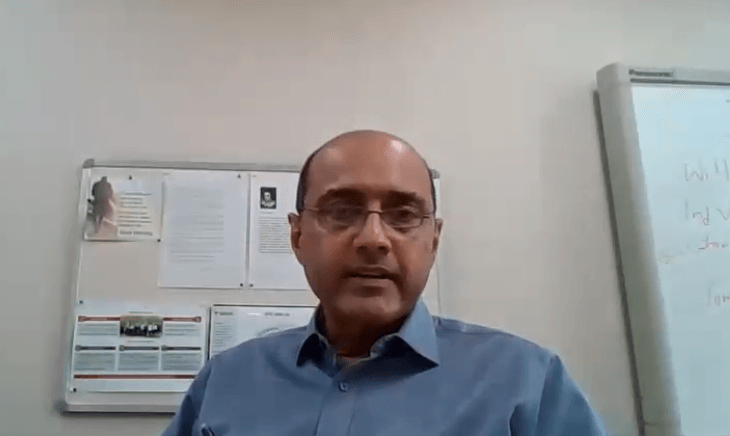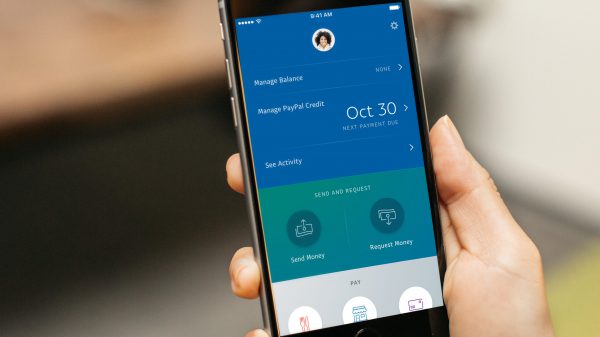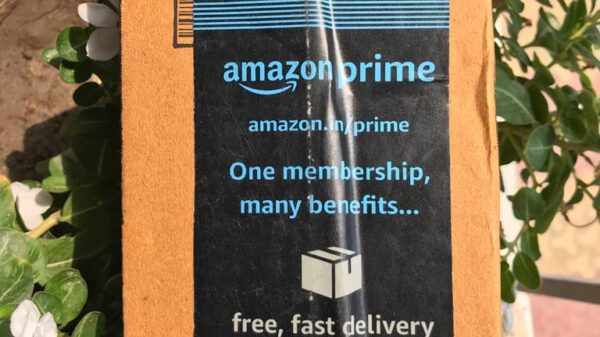Key Takeaways
- Airtel says it will completely get rid of copper technology in its home broadband infrastructure within a year.
- The company is keen on acquiring sub-gigahertz spectrum for better indoor coverage, but has refused to comment on its strategy for the upcoming spectrum auction in March.
- 5G handset shipments are up to 5% from nearly nothing three months ago, the company pointed out, warming to the idea of soon deploying 5G.
- A “disproportionate” number of 2G users who will upgrade their handsets to 4G phones will upgrade within the next 2-3 years itself, the company speculated, potentially increasing revenue from such users.
“I believe that in a year or so we will shut down our copper infrastructure and have only fibre to the home,” Airtel India Chief Executive Officer Gopal Vittal said in a call with investors on Thursday. The move would dramatically increase the last-mile bandwidth available to Airtel, and could let it compete more effectively with Jio Fiber (which was FTTH-only to begin with) and other ISPs that are transitioning to fiber-only networks.
Tariffs and spectrum
- Spectrum auction strategy: Vittal declined to comment on Airtel’s spectrum auction strategy with specificity, but said, “The first thing that we would love to have is a full footprint of sub-Gigahertz spectrum across the country. I think for us this will be important in order to give our customers deep indoor coverage as well as cover deeper rural areas.”
- Would ‘love to see tariffs go up’: “This is a question we get asked every quarter, so let me take that,” Vittal replied to a question on whether Airtel would like to see tariffs hiked.
“I think, like we’ve mentioned before, we would love to see tariffs go up. I think this is this is obviously something that the industry needs. If ARPUs get to 200 rupees and finally ultimately to 300 rupees, which is which is, you know, something that as an industry we deserve in order to generate a reasonably good return on capital employed, this is what would be required for the business model to succeed. Having said that, as you know, pricing is a competitive issue and it’s based on competitive dynamics.” — Gopal Vittal, Airtel India CEO
Home broadband and 5G
- On Jio Fiber catching up: An investor asked about what Airtel’s weaknesses were on the home broadband front, pointing out that the gap between Jio Fiber and Airtel had narrowed from 2 million to 1 million. “I think the home broadband category is at a cusp in terms of growth and ever since covid and the growth of work from home, as well as study from home, there has been an explosion in home broadband. The increased penetration of streaming services has also resulted in an acceleration of home broadband,” Vittal said. It’s worth noting that Airtel’s growth throughout the pandemic was relatively muted, as wired broadband is rolled out at an exceedingly small scale in India.
Home broadband as an anti-churn tool: “The home broadband business also gives us an opportunity to have a deeper relationship across the entire portfolio of mobility and entertainment. And we’ve seen that where we are able to bundle services with an integrated suite of products across entertainment, mobility and broadband. We see a dramatic reduction in churn. We see an increase in what we call average revenue per account, which is our average revenue per home. And that is a very, very interesting, interesting proposition. So one of the things that we are doing is relooking at our entire go to market and our digital model, which will bring together the entire suite of products and make it available in an omnichannel perspective. You will hear more about this in the coming quarters as we unveil our plans.”
- Airtel warms up to 5G: Airtel has historically taken a wait-and-see approach to 5G, and seems to be progressively warming to the technology. “If I look at devices coming in into India now, about four to five percent of device shipments coming into India in the month of the month of December are already 5G compatible,” Vittal said. “I think you’re seeing some movement on 5G and this number compared to, let’s say, October was two percent. And if you compare that to September, it was it was almost nothing.” Vittal said that Airtel was ready to deploy a version of 5G that required an “overlay” of 4G technology.
2G users, satellite technology
- Why device subsidies are not Airtel’s cup of tea: Vittal said that subsidizing handsets, as Jio has done with JioPhone, is not the best way to acquire new users. “India is already a challenged market in terms of its overall financial strength and business model. Given the low levels of [return on capital employed] and to actually add a subsidy on top of that I think will be a pretty disastrous for the industry. So this is why we stayed away for it and stayed away from it. And you know, the, the challenge here or the, the issue here is that when the subsidy expires, when the customer is ready to operate, there is no necessity that the customer stays with, you know, the the operator that has actually provided the subsidy,” Vittal said, adding that Airtel will “deploy different levers” to compete.
- Feature phone customers will upgrade soon: Replying to an investor question on 2G customers, Vittal said, “While these 300 million feature phones are relatively low level of ARPU in terms of their customer profile, the fact is that many of these phones will get upgraded over the course of the next three years.” He added, “I would imagine that if you take a five year view, most of those 2G customers would be would have would have been upgraded. And I would say a disproportionate part of that revenue would be upgraded in the next two to three years itself.”
- Satellite internet: “I think the satellite technologies will always be a complement to existing wireless and wired technologies,” Vittal said. “And the reason for that is that the spectrum that is available and the backhaul that is needed to actually deliver through satellite will never, ever compare to terrestrial networks. Our own view is that, you know, the satellite kind of technologies will be usable in very remote locations where wireless or terrestrial technologies have not been able to reach. It could be the high seas. It could be on, you know, remote forests or in mountains.”
Also read

